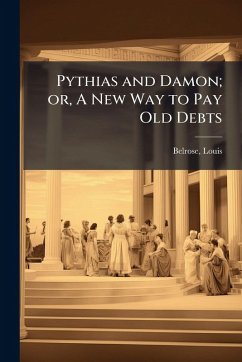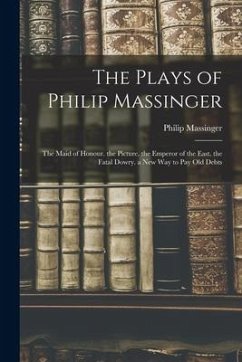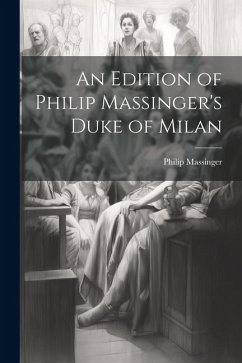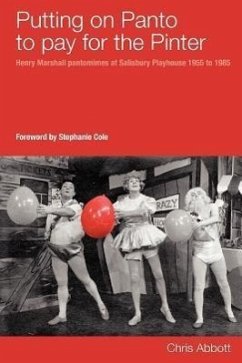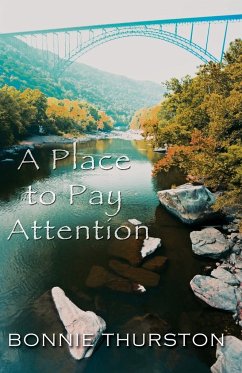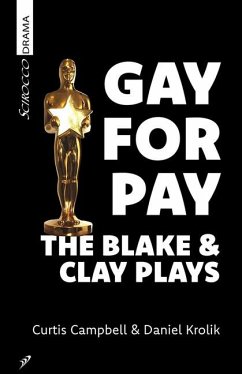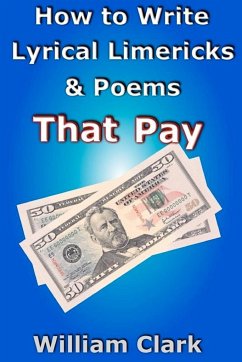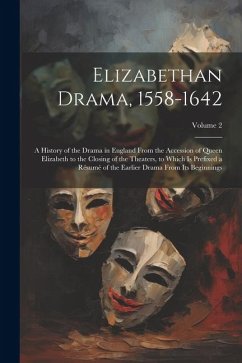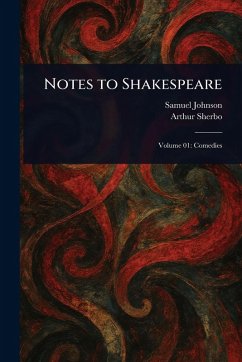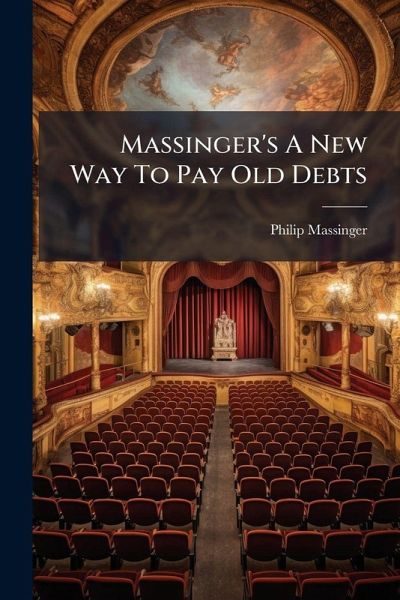
Massinger's A New Way To Pay Old Debts

PAYBACK Punkte
9 °P sammeln!
"A New Way to Pay Old Debts," a classic of English Renaissance drama by Philip Massinger, showcases the playwright's skill in crafting complex characters and compelling plots. Set against a backdrop of social and economic upheaval, the play explores themes of greed, ambition, and revenge. The central character, Sir Giles Overreach, embodies ruthless avarice as he schemes to acquire wealth and power at any cost. Massinger's sharp wit and keen observations of human nature make "A New Way to Pay Old Debts" a timeless exploration of morality and the consequences of unchecked ambition. This edition...
"A New Way to Pay Old Debts," a classic of English Renaissance drama by Philip Massinger, showcases the playwright's skill in crafting complex characters and compelling plots. Set against a backdrop of social and economic upheaval, the play explores themes of greed, ambition, and revenge. The central character, Sir Giles Overreach, embodies ruthless avarice as he schemes to acquire wealth and power at any cost. Massinger's sharp wit and keen observations of human nature make "A New Way to Pay Old Debts" a timeless exploration of morality and the consequences of unchecked ambition. This edition offers readers a chance to rediscover a significant work from the Jacobean era, celebrated for its enduring theatrical appeal and insightful commentary on the darker aspects of human behavior. This work has been selected by scholars as being culturally important, and is part of the knowledge base of civilization as we know it. This work was reproduced from the original artifact, and remains as true to the original work as possible. Therefore, you will see the original copyright references, library stamps (as most of these works have been housed in our most important libraries around the world), and other notations in the work. This work is in the public domain in the United States of America, and possibly other nations. Within the United States, you may freely copy and distribute this work, as no entity (individual or corporate) has a copyright on the body of the work. As a reproduction of a historical artifact, this work may contain missing or blurred pages, poor pictures, errant marks, etc. Scholars believe, and we concur, that this work is important enough to be preserved, reproduced, and made generally available to the public. We appreciate your support of the preservation process, and thank you for being an important part of keeping this knowledge alive and relevant.



